The Evolution of Street Art in India
- Riccardo Aimerito
- Nov 24, 2023
- 3 min read
Grati and murals are probably not foreign concepts to the people of India. Mural art originated in this country in the 2nd century BC, when the Ajanta Caves in Maharashtra showed the complex beauty of Buddhist cave paintings. In rural areas across this diverse country, brilliant mud-huts painted with colourful motifs and the occasional mural were a regular sight.


Street art and grati became popular in India only after the 1980s. Previously, wall art was associated with political parties employing painters to promote their causes. Wall paintings were largely used for commercial and political goals in the late 1960s. Then there were the hand-painted Bollywood movie posters that adorned every wall in the country in the 1980s and 1990s.
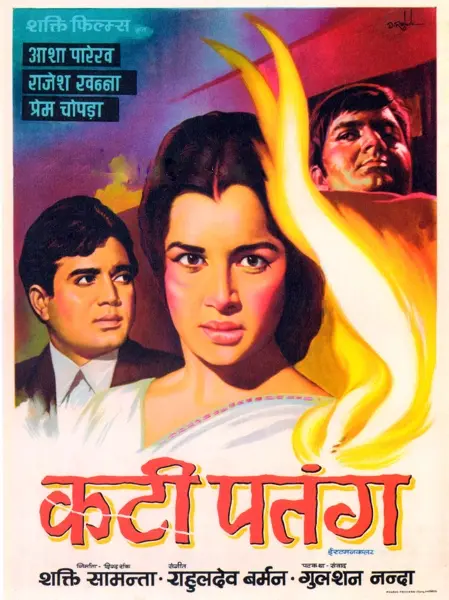
Emergence of Street Art Festivals: By Bollywood Art Project In the wake of 2006, India experienced a burgeoning phenomenon – the rise of street art festivals. St+art India Foundation had played a pioneering role in bringing the street art movement to the forefront in India. It had organised various editions of the St+art Festival, leading to a surge in street art initiatives across the country. Notably, facilitating collaborations between renowned international artists and local talents. Over the years, there has been a notable shift in perception as street art gradually shed its prior association with vandalism and began to earn recognition as a legitimate art form. It started to be revered for its cultural and aesthetic contributions. This evolving landscape also witnessed Indian street artists diversifying their styles. They drew inspiration from a fusion of traditional Indian art forms and global street art trends, giving rise to a diverse and visually captivating tapestry of artistic expressions adorning the streets of the nation.

Street art projects increasingly involved local communities. Artists worked closely with residents to create pieces that resonated with the spirit and stories of the neighborhood’s they adorned.

A wave of art events gradually formed across India, providing possibilities for the next generation of artists. The Kochi-Muziris Biennale, the Serendipity Art Festival, the Delhi Art Festival, and the Artjuna Street Art Festival in Goa were among the most notable. These festivals were marked by their growing engagement with art and design colleges, which provided a broader and more dynamic platform for young artists to articulate their distinct voices and exhibit their originality. This collaboration provided a caring environment for artistic growth, encouraging the country's dynamic and diverse creative ecology.
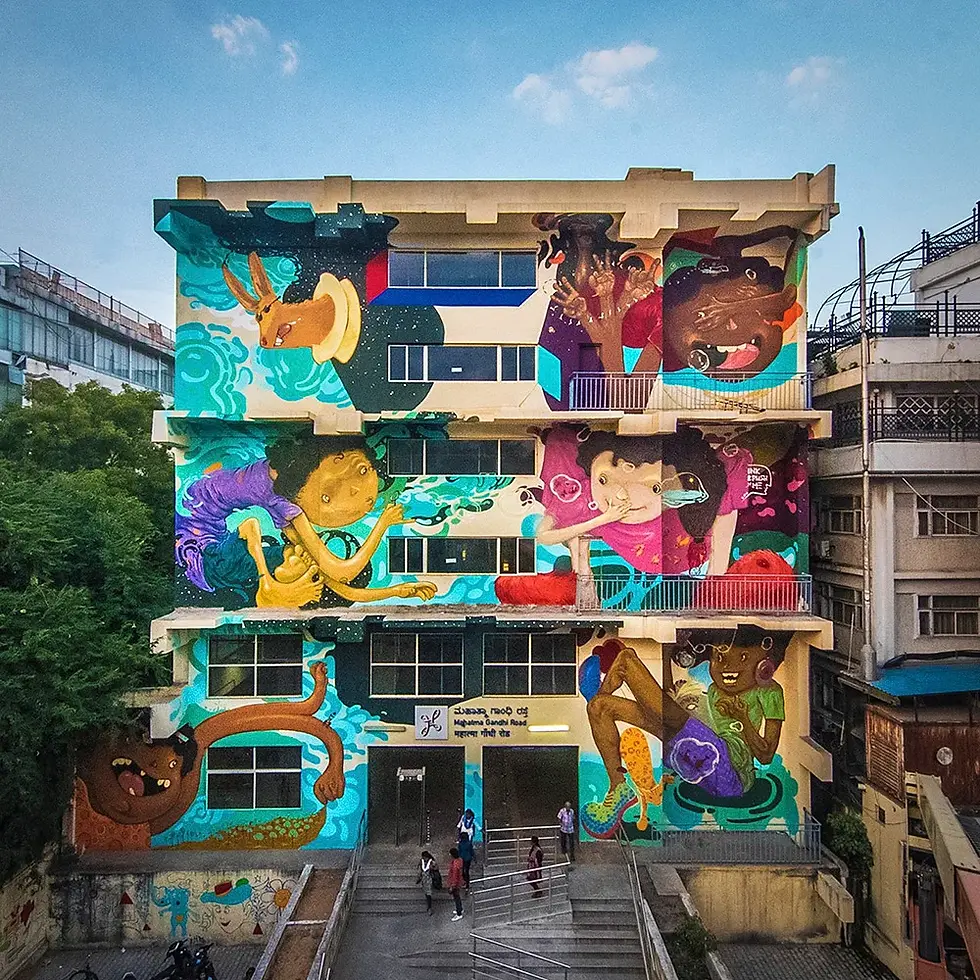
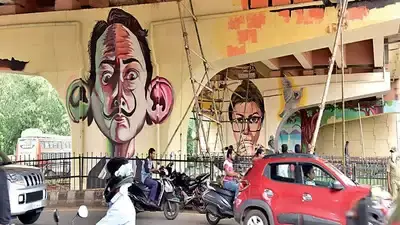
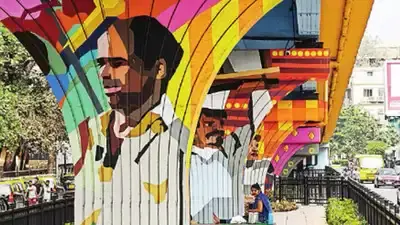
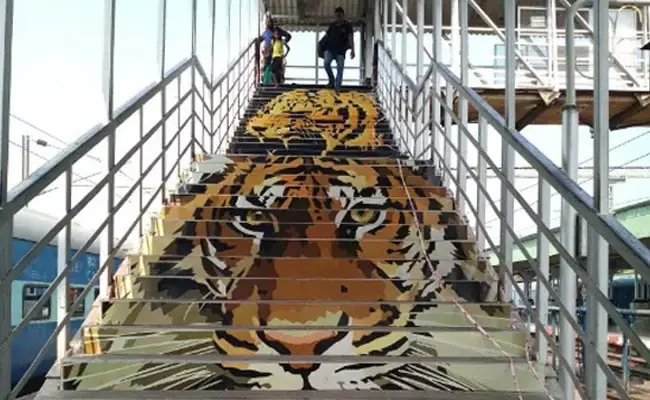
The recent beautification project initiated by the BMC (Brihanmumbai Municipal Corporation) in Mumbai has had a profound impact on the city's character. It involved the installation of illuminating lights on various structures like bridges, subways, lakes, and underpasses. Additionally, murals are being placed at entry and exit points, enhancing the visual appeal for city visitors. This project also extended an invitation to young students and independent artists to contribute their talents, which has resulted in a transformation of grati and street art in the city.
Prior to this endeavor, areas such as the underpasses and flyovers were often considered unsafe and gloomy. However, the transformation of these neglected spaces into vibrant public areas has breathed new life into them. These spaces are now evolving into popular meeting points for the community, underscoring the project's role in rejuvenating the city's urban landscape and fostering a sense of belonging among its residents.
by AP
for DARE CLAN




Comments